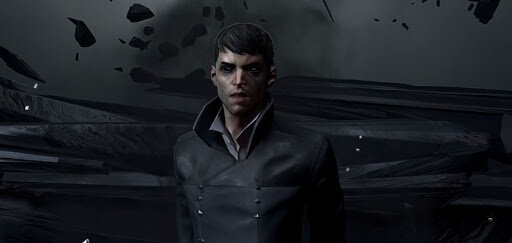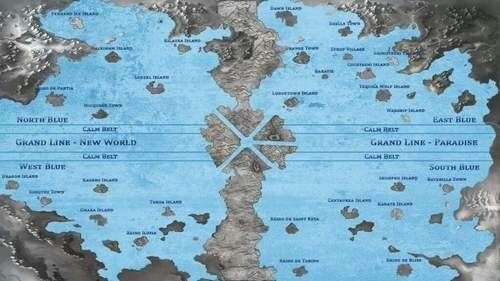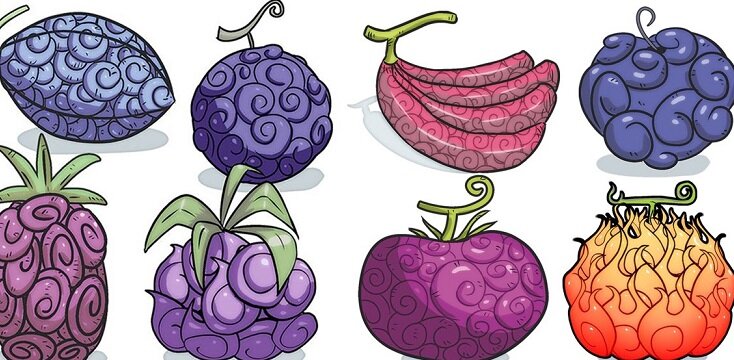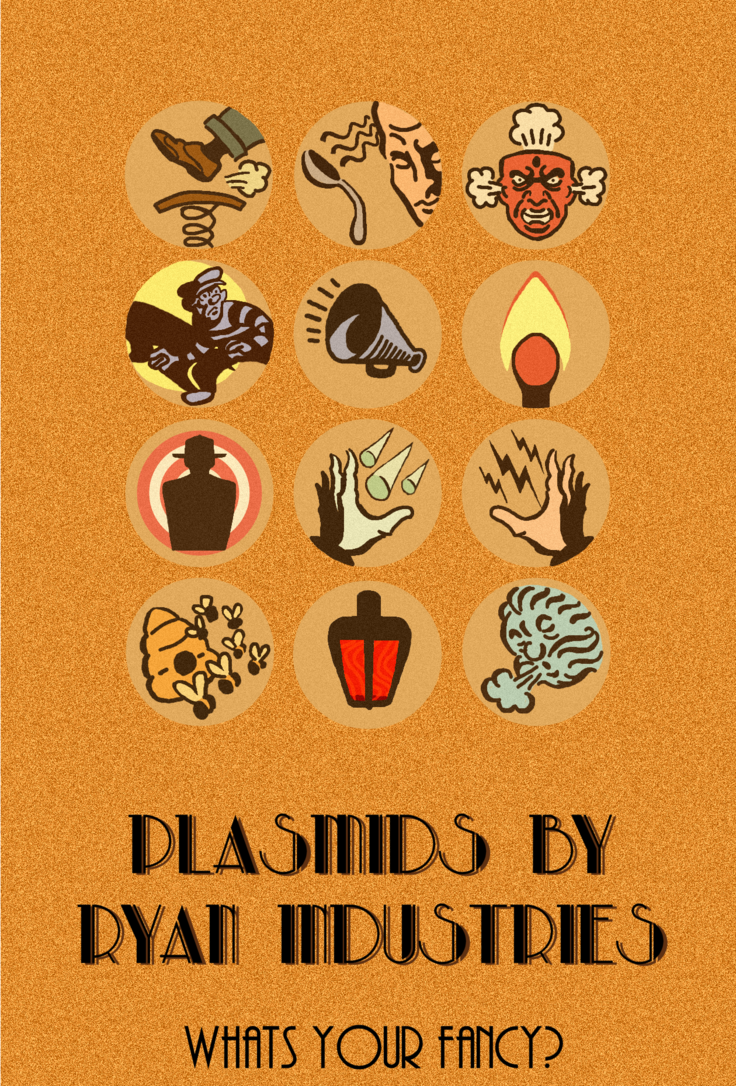3 Concepts For Persona 5 Palaces
/https://www.mic.com/
Persona 5 is filled with many amazing features. The cast of characters are interesting and relatable, the soundtrack is phenomenal, and the world-building is pleasantly unique. I could write dozens of blogs about all the things I love about Persona, but today I’m going to focus on the palaces, or more specifically, some possible ideas for new palaces.
The game tackles the concept of palaces really well already, I have little to no complaints about that, but I still think there are some other ideas Atlus could have used or maybe can use down the line. Without further ado, here are my best ideas for new palaces in Persona 5.
Prison
A prison break would be an exciting adventure for the phantom thieves to embark on. It could start outside of the prison walls, and you would have to avoid search lights and guards in order to get inside the building. Once inside the building, you would have to traverse the various parts of the prison like the courtyard, cells, cafeteria, and warden’s office.
The palace ruler would be the warden, and the treasure could be something dear to him in his office like the deed to the prison. I could even go a little more abstract with it and say the treasure is a prisoner that you would need to break out.
As for the real world, the palace ruler could just be an average citizen who has blackmail on a lot of people. These people would be thought of as his prisoners. Honestly, this is my personal favourite idea, and I would at least like to see something similar to it in a future installment of the franchise.
Skyscraper
Imagine a building so high you can barely see the top of it. Now imagine getting to explore every floor of that building! A skyscraper palace set in the middle of a densely populated city would be awesome. Persona 5’s third palace did something kind of similar to this, but I feel like it didn’t go far enough.
The layout of this palace is where its diversity would really shine. Instead of having a few large areas to explore, this palace would have multiple smaller areas separated by floors. Each floor could be completely different from each other, allowing Atlus to really flex their creativity.
In terms of the palace ruler, I don’t think it really matters. He or she could be similar to the fifth palace ruler in Persona 5 or could just be a somewhat well-off person who thinks too highly of themselves.
Jungle
This palace idea is definitely the most unique, and that’s why I think it’s a good one. Having every palace be a building makes sense, but I think that breaking away from this mold would have been an interesting break if it was somewhere in the middle of the game’s story.
The palace would consist mostly of trees, and the shadows could be various animals. At the heart of the jungle would be a temple where the treasure is located, Indiana Jones style. With Persona 5 Royal’s new grappling hook mechanic, traversing through the jungle landscape would be a blast.
Like the previous example, I don’t really think the palace ruler is too important on this one. Maybe he or she could be a person who views the city and modern life like a chaotic jungle. I’m sure everyone can relate to that to a certain degree.
Those were some of my ideas for possible palaces Atlus could have used or could use in the future for Persona 5. If you are interested in reading about more ideas on this topic, there was a Reddit post about it you can find here.
Hunter Rogers-Millson
My name is Hunter Rogers-Millson. I am a Professional Writing student at Algonquin College. My interests include video games, anime, and classic rock and roll. I aim to one day write and publish my own comic book.





















